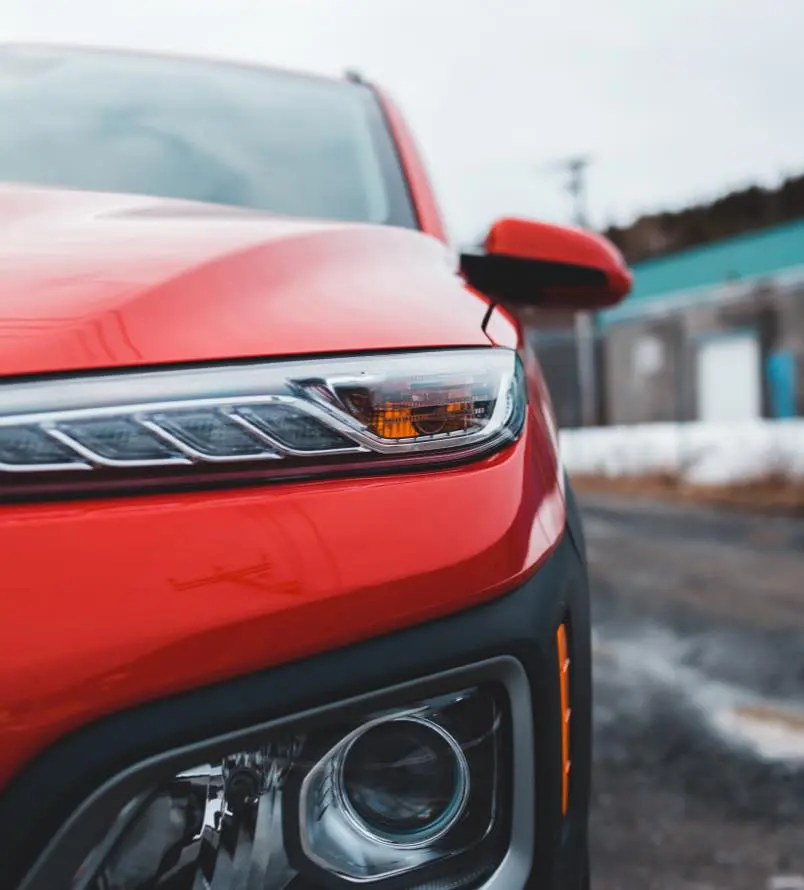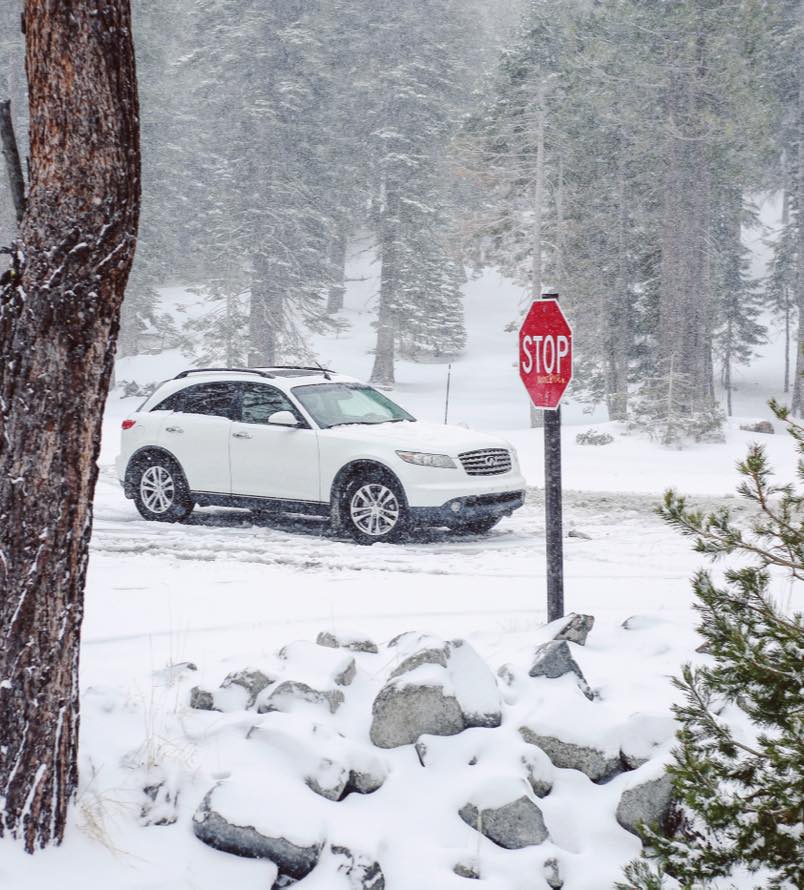Our Recommended Tire Safety Checklist
Tires should never be neglected. The safety of your vehicle depends on it. Your car’s brakes, along with the tires, are two of the most crucial components of your vehicle. Ensuring you are driving a safe vehicle is important not only for your own safety but for other people on the road as well. Having a tire safety checklist is an important part of making sure you are driving a safe vehicle.
tire safety and maintenance checklist
Regularly check your tire safety and maintenance checklist for some of the common issues your tires can have. Tires take more abuse than almost any other component of your automobile. They have direct contact with the road and all its elements that may cause them to wear, lose pressure, or puncture. Your tires may be easily inspected for wear and damage. How well you maintain your tires will impact your safety, vehicle performance, fuel efficiency, and repair costs.
Tread Depth
Having a sufficient tread depth is vital to ensure that your car can grip the road properly. Your tires should have a minimum safe tread depth of 2/32 of an inch, or roughly enough tread to completely cover Lincoln’s head on a penny when held upside down between the ribs of your tire. Tread depth is important to ensure safety when accelerating or braking, especially in slippery or wet conditions.
Tire Air Pressure
All your tires should have the correct air pressure. Under- or over-inflated tires can cause erratic vehicle behavior and affect handling and grip, which can be dangerous while driving. Proper pressure in your tires will ensure you have a smooth ride, improve traction, better handling, and optimum fuel economy.
“I’ve had great experiences with the whole crew here; they’re kind, knowledgeable and efficient. I’ve really appreciated the help and hospitality! Highly recommend others use their services.”
Keeping up with your manufacturer’s recommended tire services is necessary for the efficiency of your tires. You can follow the service intervals or pay attention to signs of imbalance, misalignment, or premature tire wear.
Tire rotation, wheel alignment, and tire balancing services help prevent irregular wear, boosting the longevity of your tires and increasing fuel efficiency.


Wear and Tear
Your tires are exposed to the road and it is normal for them to suffer from some general wear and tear. Inspect your tires regularly. Look out for irregular wear, damages, including cuts, bulges, cracks, or items stuck in them like nails, glass, or small rocks. If you find any problems, be sure to get the tires replaced or repaired.
Following the suggested maintenance provided by your vehicle manufacturer will help to keep your tires effective for longer.
Use our recommended checklist and perform a visual tire safety check at least every week.
If you find that you need new tires or your tires need service, contact us today!
When do you need repair?
The mechanical parts of the alternator are sealed, but the sitting water can damage it as the lubricator wears away. Repeated exposure to water can cause damage to the brushes by the electrical arc and wear out. Early detection is always better. Check your dashboard signals while you drive, if the ignition is on it will show a battery light on your car dashboard. This means you need to look at it quickly. Likewise, inoperative plates in the car can be the reason for battery failure.

Can Water Damage Your Cars Alternator?
Your alternator is very well protected from things like rain and driving through deep puddles but sitting in deep water has the potential to damage your alternator if it is not dried out quickly.

Tips for Winterizing Your Vehicle
One of the most important features of winter tires is the fact they are made with a larger percentage of natural rubber and silica in the compound.

Why Are My Headlights Foggy?
Are you having difficulty seeing the road in front of you at night or are worried about your visibility to other drivers?